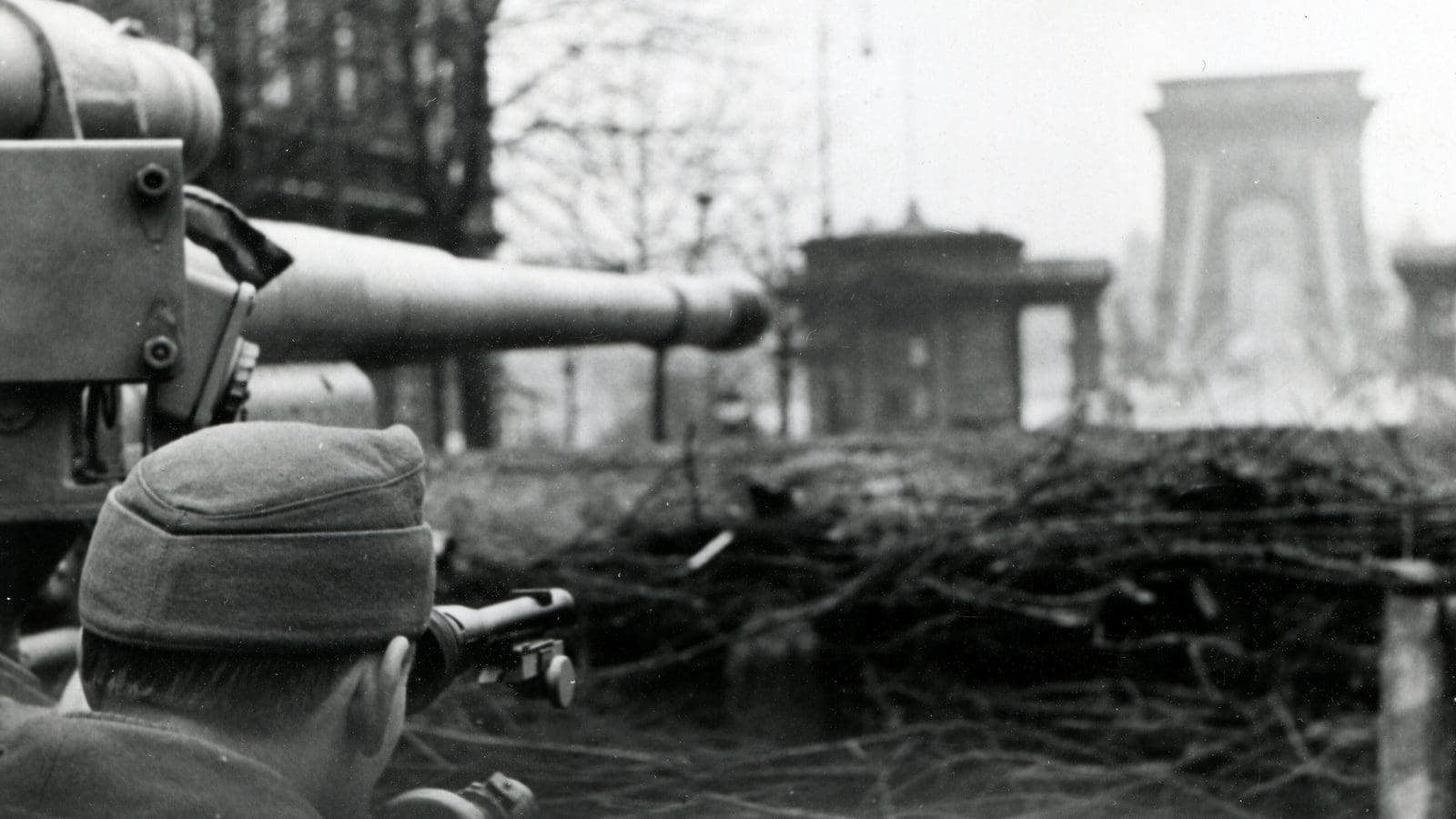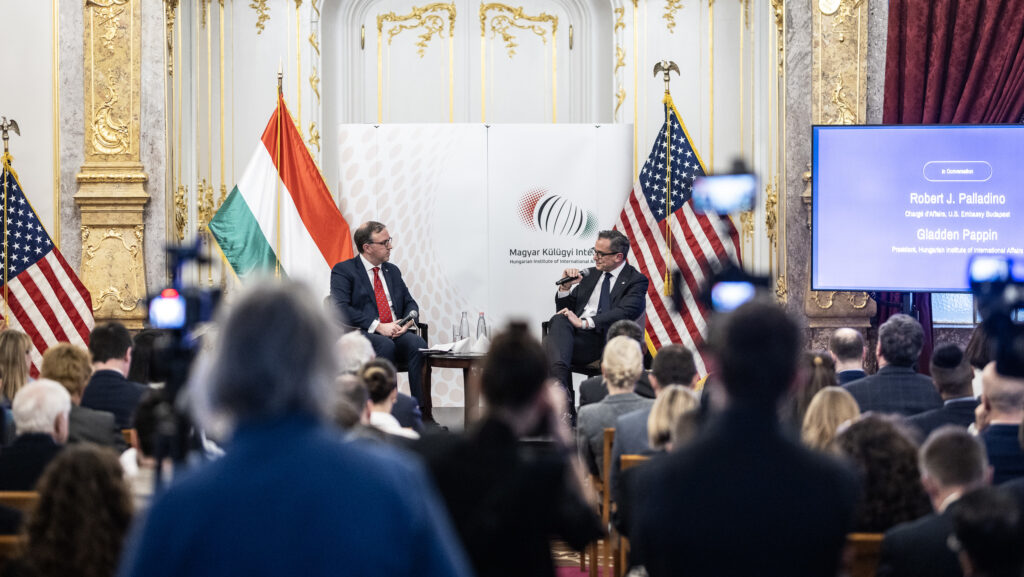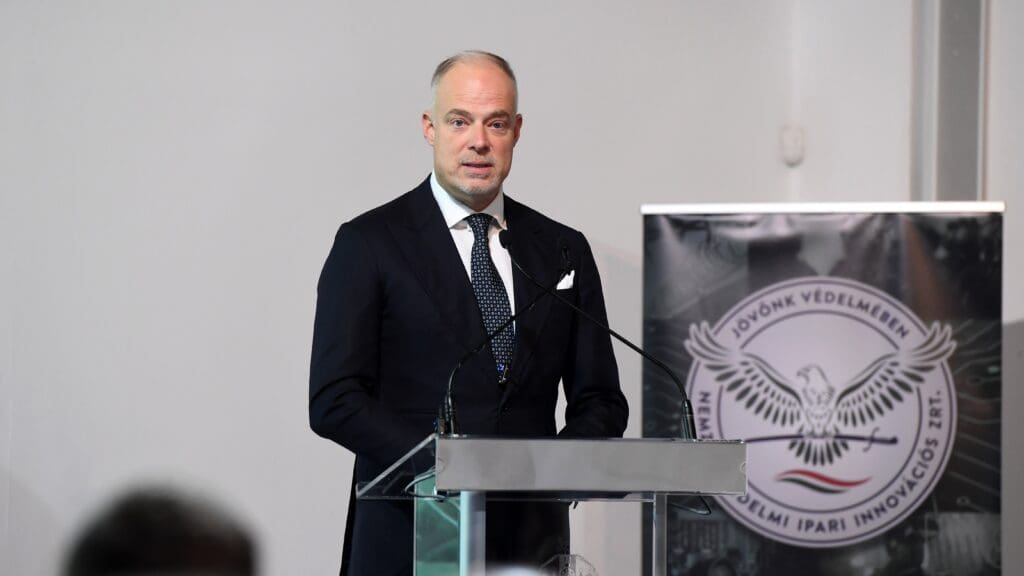The following is a translation of a review of historian Máté Gali’s book titled A Nation Tested. Chapters from the Modern-Day History of Hungary[1] written by journalist and historian László Bernát Veszprémy, originally published in the 2023/1 issue of Kommentár.
A gap-filling, long, thorough and precise publication has been published by MCC Press: the selected writings of historian Máté Gali PhD, a research fellow at the Mathias Corvinus Collegium’s School of Social Sciences and History, titled A Nation Tested. Chapters from the Modern-Day History of Hungary. The volume contains selected works of the author from between 2014 and 2022, previously published in high-quality publications and journals (among others, in Kommentár). The author primarily focussed on the period of dualism, the Soviet Republic and the Horthy era, and in terms of topics, he is mainly interested in the person of Hungarian aristocrat and statesman Count István Bethlen, the numerus clausus, the revision of the Treaty of Trianon, and the family of Hungarian politician Albert Berzeviczy.
In his foreword to the book, historian Sándor Szakály is undoubtedly right that ‘Máté Gali is a diligent researcher. He is at home in archives and libraries.’ The author’s book builds upon a broad range of academic literature and historical records, including foreign ones, but he bravely uses private legacies and collections as well. His tone is strictly scientific and historical. He does not use the literary language that is so fashionable among historians today; his wording is professional, almost austere. In his conclusions, he relies exclusively on literature, adjusts his positions to those of ‘the greats’, and does not want to set up new, grandiose theorems, but merely records, utilises, and synthesises his research results learned through long hours of library research. Only on page 71 of his book does he allow himself to say that András Gerő criticised historian Ignác Romsics [Editor’s note: the author’s doctoral supervisor] ‘unfairly’ in their 2012 debate. That is not a uniformly held assessment, although it must be noted that Gerő’s position was somewhat refined by the end of the debate.
The book’s greatest value can undoubtedly be found in its historiographical sections,
which present the historical assessment of the Soviet Republic and the Horthy system. It is in these that the author utilises the largest literary material and provides the widest overview. British historian David Armitage, a researcher at Harvard, pointed out for a reason in a recent interview with Mandiner that historians are less and less interested in reviewing larger periods, and that research is concentrating on increasingly shorter spells of time. However, Gali’s book cannot be subjected to such criticism, since the historian reviews decades and even entire eras—he navigates with a steady hand between contemporary evaluations, primary sources, and the latest scientific results.
Gali points out that during the Horthy era, the Soviet Republic was seen as the ‘low point’ of Hungarian history, as a dictatorship supported by Soviet money, which can be sharply distinguished from the eras of dualism or the system between the two world wars that represented popular will at least to some extent. Contemporary observers of the dictatorship of the proletariat mainly singled out the Red Terror among the actions of the short-lived communist tyranny. It was only afterwards that the interpretation, first by the emigrants and then by the ‘domestic’ Left after the Soviet occupation, suggesting that the Republic of Councils in 1919 was a democratic, socially sensitive ‘revolution’ emerged. The author rightly highlights some of the distortions of the Kádár era that are still with us today: the Soviet Republic’s military actions were not at all of a ‘patriotic’ nature; they simply wanted to spread the revolution in the region. Moreover, terror was not an isolated, rare phenomenon, but an essential element of the commune. The question may naturally arise whether this chapter should not have been updated with the latest publications and discussions, but of course, regardless, it still delivers great value and will be an important overview for future researchers.
The sections on the assessment of the Horthy era are similarly important.
The author demonstrates excellently that the Germans did not demand that Hungary sends troops to the Eastern Front in WWII, but they did not oppose it either. The Hungarian Second Army was not completely destroyed—half of it successfully retreated, and the country never intended to deploy the Royal Hungarian Army against the major powers. According to the author, it is an ‘old trope’ that the Hungarian Army committed atrocities on the Eastern Front because the assessment of this is much more nuanced than that. Interestingly, Gali treats it as part of the old regime’s propaganda that Hungarian soldiers mostly came from the lower echelons of society, even though this would obviously be justified by the law of averages, and, for example, a quantitative analysis of the place of origin and occupations of the members of the military cadres assigned to the forced labourers also confirms the image of rural, less affluent soldiers fighting. Therefore, this question undoubtedly requires further research, explanation, and discussion.
At the same time, we can agree with Gali that the claim that Hungary’s sovereignty would have remained intact after the German occupation does not seem well-founded, nor that the events of the Holocaust would have happened in the same way without the German occupation as they did after the known series of events. On the other hand, Ágnes Heller is not a historian, so quoting her in the book is a curious choice. The late philosopher was obviously wrong when she argued that the events of Kamianets-Podilskyi in Ukraine and Újvidék (Novi Sad) in Serbia did not qualify as ‘genocide’. The definition of genocide is quite objective, both in a historical and especially in a legal sense—however, no matter what we mean by the word, the killing of ten thousand Jews because of their ethnic origin is definitely genocide. In the case of the former city, moreover, the murders were not committed by Hungarian forces, so Heller’s attempt to absolve the Germans is quite incomprehensible.
At the same time, it is not clear either what the ‘responsibility of Hungarian society’ means, since millions of Hungarians did not participate in the Holocaust; rather, individual layers of the public administration, altogether less than one per cent of the Hungarian population at the time did. It is also an interesting question whether it can be considered a swear word by the historians of the past regime when they refer to the Horthy regime as ‘reactionary’, which, according to the author, for example, is a ‘false’ adjective, as the term was used as a self-definition by the supporters of the system. ‘If action for the sake of national sentiment is a reaction, then we are reactionaries,’ the daily Szózat stated on 25 January 1925.
As a whole, Máté Gali’s book is carefully edited, with a precise index of names and a neat appearance, and it is also
an essential scientific addition for learning about and understanding the periods in question.
With his latest work, Gali demonstrated that he can create a lasting impact not only in the field of source publications (The Country Will Perish in this War’ — The Unpublished Diary of Albert Berzeviczy, 1914–1920, Prepared for the press and edited by Máté Gali, Komp-Press, Kolozsvár, 2014.; Prince Louis Windischgraetz, My Struggles, Notes and afterword by Máté Gali, Szépmíves, Budapest, 2018.) and biographical writings (Albert Berzeviczy: The Marble-Faced Minister, Szépmíves, Budapest, 2017.), but also with his studies and more easily digestible writings that deal with the selected sub-topics within tighter character limits. We heartily recommend the work to all historians and history-loving readers.
[1] Title translated by Hungarian Conservative.
Related articles:








